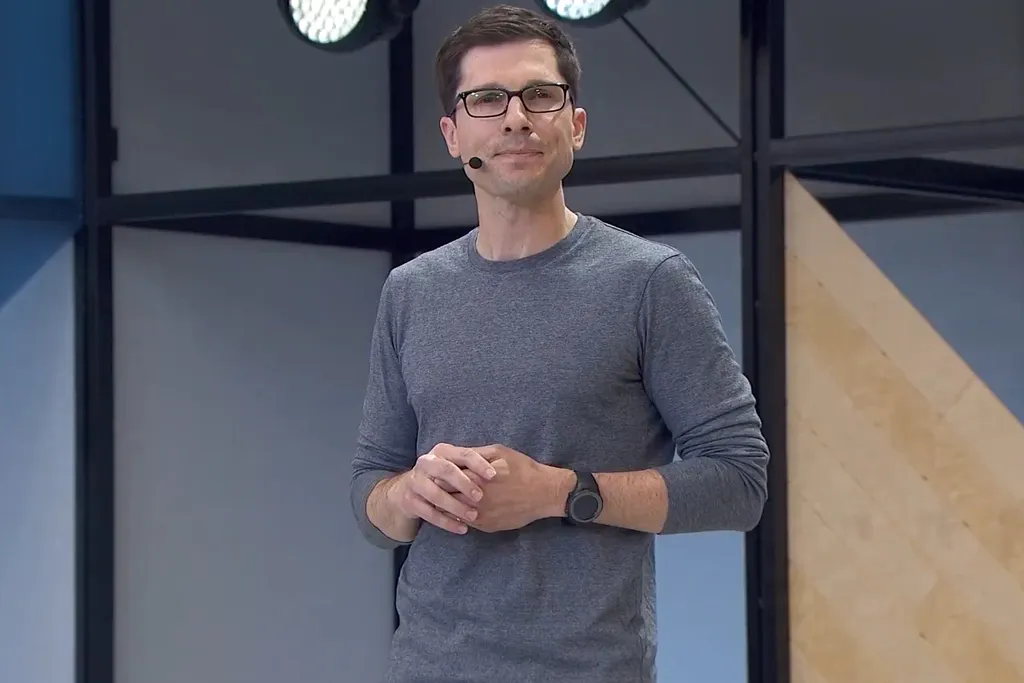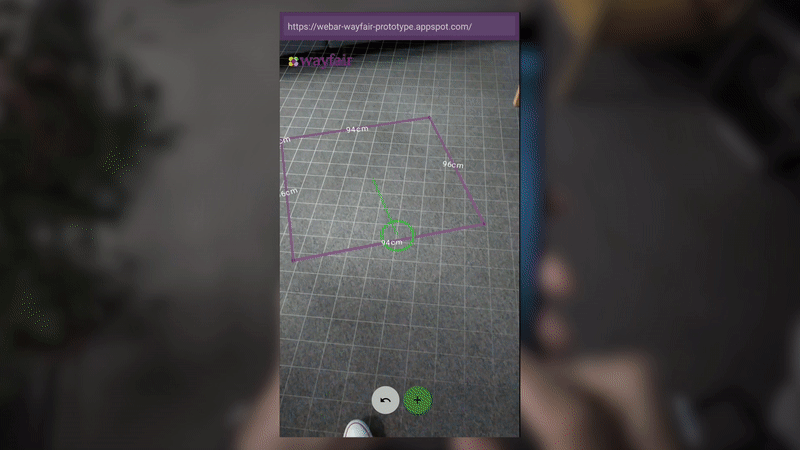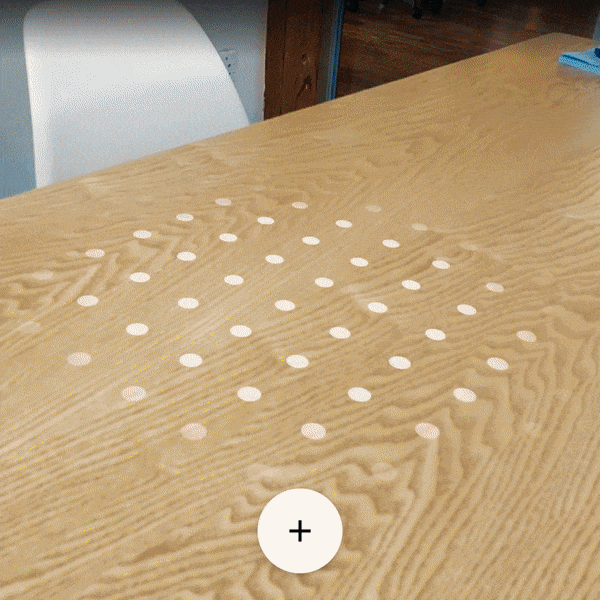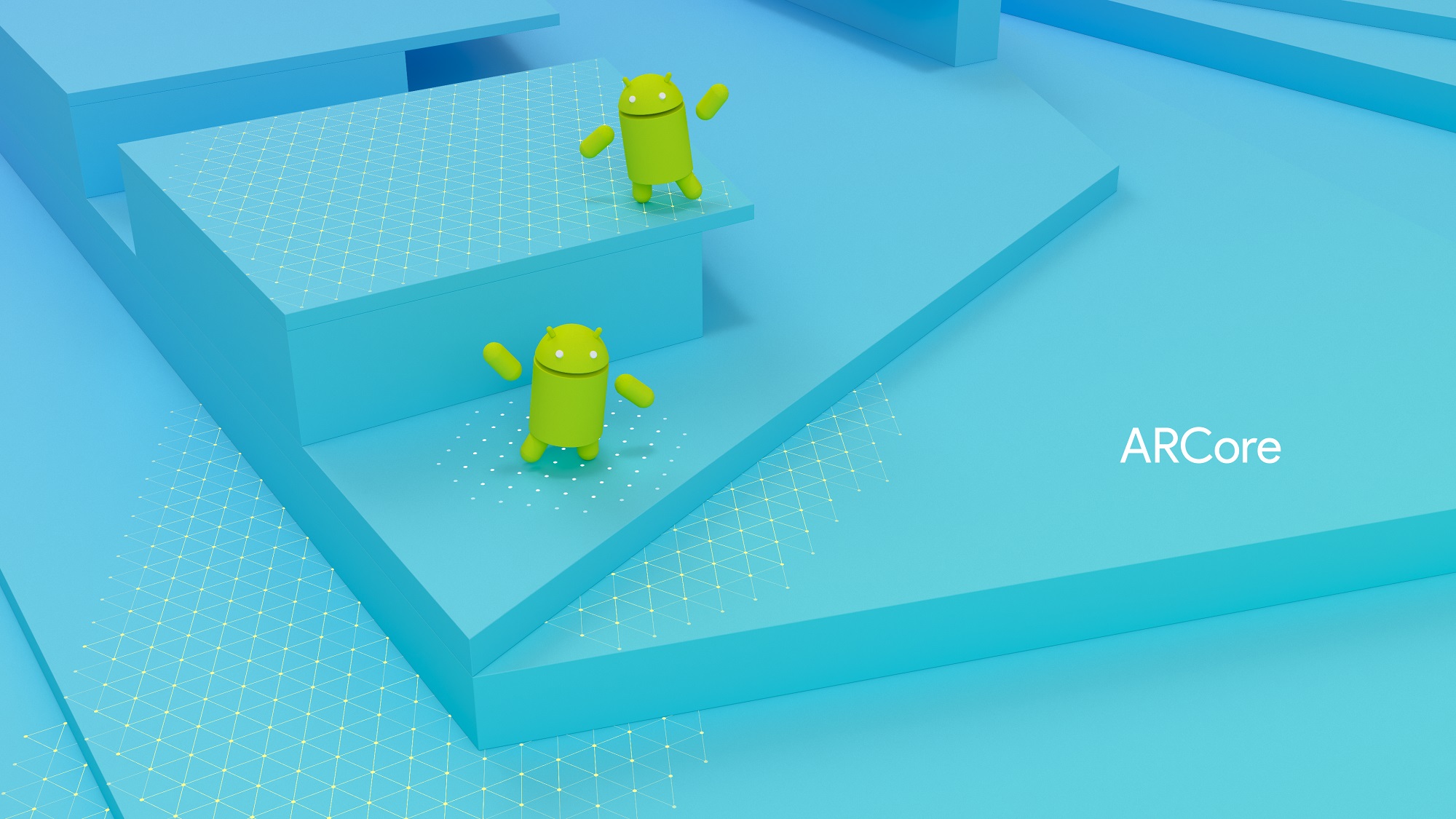Today, Google is announcing ARCore, a software-based solution for making more Android devices AR-capable without the need for depth sensors and extra cameras. It will even work on the Google Pixel, Galaxy S8, and several other devices very soon and supports Java, Unity, and Unreal from day one. In short, it’s kind of like Google’s answer to Apple’s ARKit.
But that isn’t how Clay Bavor, VP of Augmented and Virtual Reality at Google, would describe it. Instead, when the topic came up, he reminded me that Google Tango had its first development kit all the way back in 2014 and that they’ve slowly been building towards this vision of a future where AR is democratized and available to millions around the world. Specifically, Google wants 100 million AR-capable Android phones within just the next few months.
“I like to call it immersive computing to sidestep some of the jargon and acronym debate — VR, AR, MR — just everything. Integrating computer-generated imagery seamlessly into experiences is what it’s all about,” Bavor explains at the beginning of our interview at Google’s San Francisco office last week. “Our goal here is to make AR mainstream on Android for developers and for consumers…We thought mobile smartphone-based AR was going to be a thing that was important years ago. The first Tango development kit was 2014 and by relaxing the constraints on the hardware, getting rid of the need for a depth sensor or additional tracking cameras we’ve honed in on our aim to prove out the technology and show the world that on consumer-grade sensors you can do really powerful AR experiences.”
From the demos I got the chance to try he’s not exaggerating. On standard Google Pixel and Samsung Galaxy S8 phones I watched robots walk across a tabletop and wave at me, trees shrink and grow from a few inches to several feet, and even a giant lion flex his muscles and look down at me as if I was really there. Similar to the first time someone tries VR, a powerful AR experience can feel like magic.
“There’s a lot of things that need to happen to make it successful though,” Bavor admits. “We’ve always known that it’s got to work at scale, so we’ve been investing in software-only solutions like ARCore, building on all of the Tango technology, just without the additional sensors. We feel that the technology is ready and we’ve figured out some of the core use cases for AR that we’re really excited about, so that’s why we’re so excited to get ARCore out there and start lighting up across the ecosystem.”
One great use case that I got to see first-hand is the dynamic good AR can bring to shopping. Using a plugin on the Wayfair website I watched as a room was measured in real-time (similar to the GIF above) and a chair was placed from the website into the physical space. Imagine applying this same concept to other types of shopping and interior design as well.
Another future example Bavor gave was through the use of VPS (Visual Positioning Service.) “We’ve been investing in a constellation of tools and services and applications around it to make it even more powerful for developers,” Bavor says. “One example is VPS. You’re gonna want, as a developer, to extend beyond just the tabletop or room to something that’s world-scale, or to anchor things in the world that persist so you can go back to them. ARCore and VPS we see as very natural partners and in fact we were building VPS in anticipation of scaling AR on Android with ARCore.”
Imagine being able to return to a specific building and see a sign in AR that has aged and rusted with years passing by. Or know where your friends recommend eating downtown just by looking around — Google Lens could be a big part of that too. It’s the type of stuff that’s been promised and imagined for a while, but we’re getting closer. We’re not there yet, but it’s an attainable goal in our lifetime.
“Another example, which is especially relevant for developers that build traditional smartphone apps in Java, is that we want to make it easier than ever for people to get into 3D modeling that haven’t done it before,” Bavor says. “We know there are a lot of people that want to get into 3D development and AR but aren’t experts in Maya, or Unity, or anything. So Blocks is an app we built with the intention of enabling people that have never done a 3D model in their life to feel comfortable building 3D assets. We even made it easy to export right from Blocks and pull into ARCore apps you’re developing.”
One of the demos I tried, the same one with little robots and trees on top of a table, had all of its assets created directly inside of Blocks and exported to ARCore.
“We’re also working on experimental browsers that combine all of the ARCore functionality into a web browser,” Bavor explains. “With just a little Java, some HTML, and a few assets you can create an AR experience. ARCore embeds parts of itself into the experimental browsers. Google was born in the web and we love the web and we want to enable more devs to build for AR. And notably the experimental browser will have a version for ARCore that uses Android and a version on iOS that uses ARKit. A developer can build one webpage with one Javascript library and have a cross-platform AR experience.”
More details will likely emerge about ARCore in the coming months and we can’t wait to see what intrepid AR developers are able to cook up with this new suite of accessible tools. Let us know what you think of Google’s ARCore, ARKit, WebAR functionality, and everything else in the world AR down in the comments below!





























